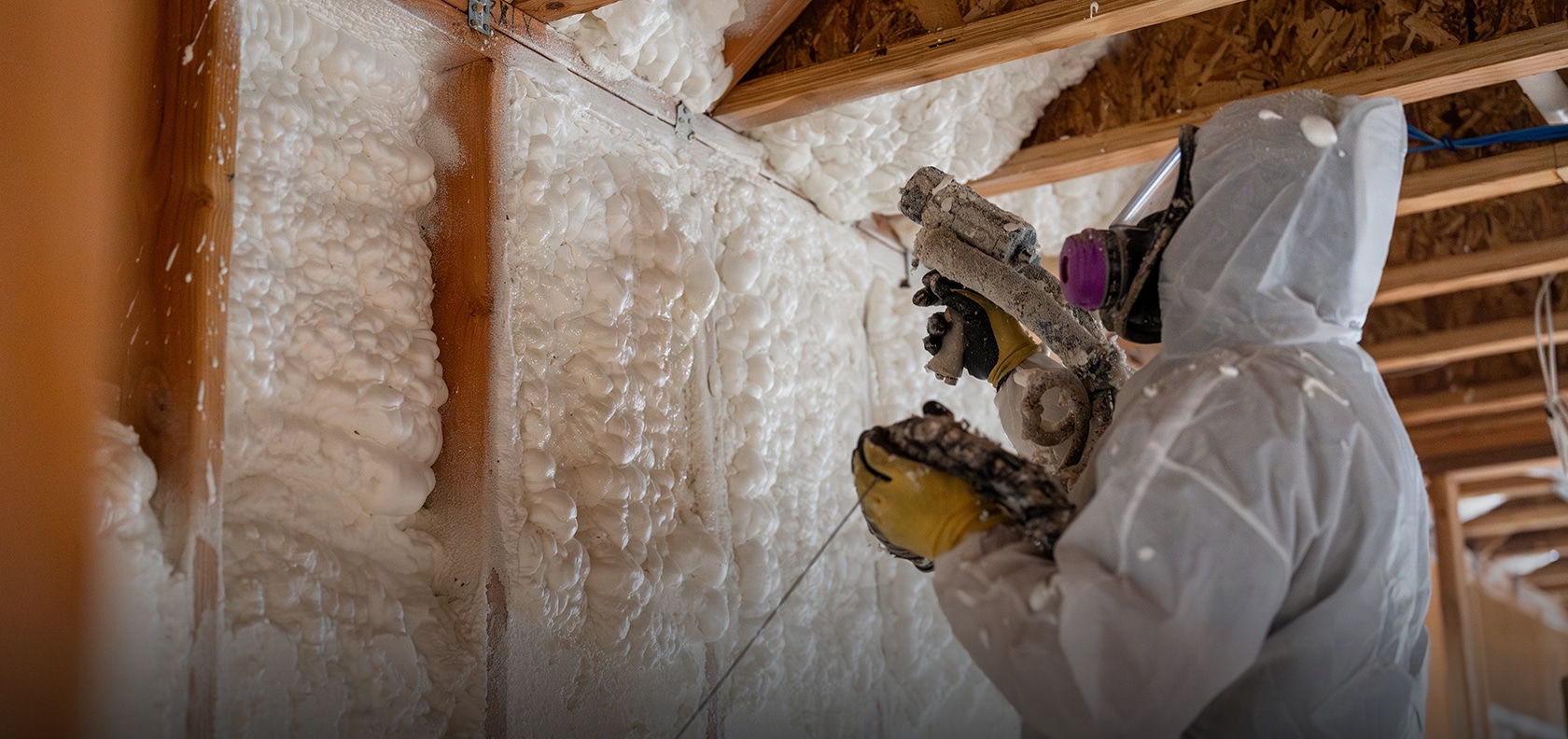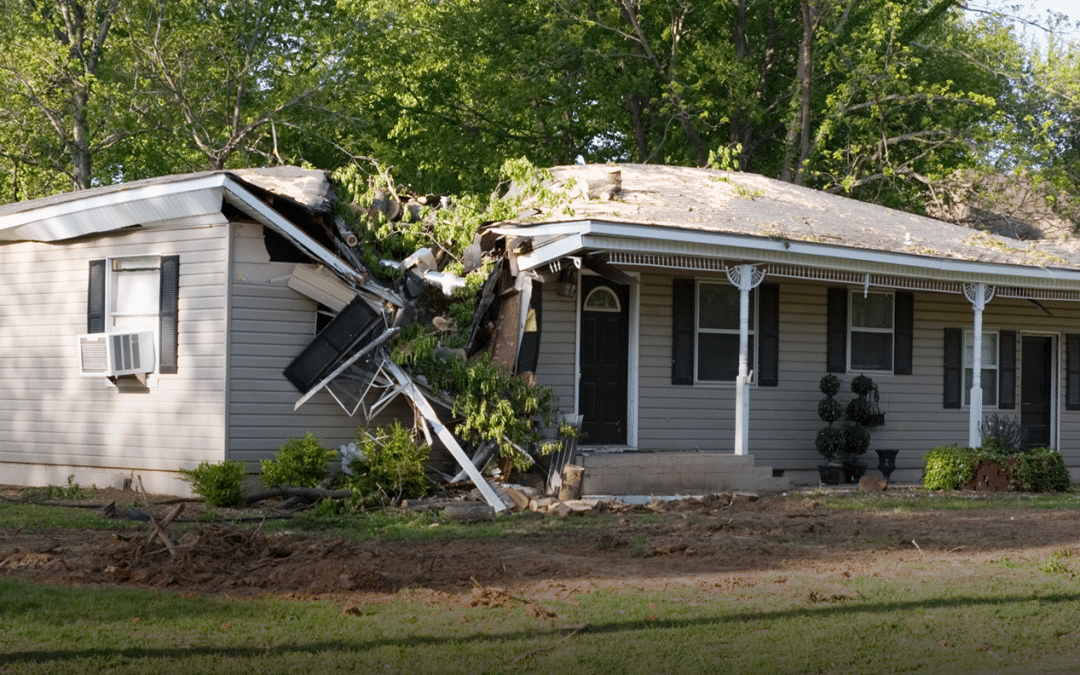When it comes to maintaining the integrity of your home, one aspect that often gets overlooked is attic insulation. While it may not be the most fun home maintenance project, proper attic insulation protects your roofing structure and ensures your home remains comfortable throughout the year.
Benefits of attic insulation
One key benefit of attic insulation is its ability to serve as a thermal barrier. Insulation is crucial for asphalt shingle roofs, which are vulnerable to temperature fluctuations. By keeping shingles at a stable temperature, insulation helps prevent premature wear and minimizes expansion and contraction that can lead to cracks and structural damage.
Effective attic insulation also acts as a barrier against moisture buildup, which can lead to rot and mold growth. This is especially important during the hot summer months when temperatures soar. Well-insulated attics work tirelessly to keep cool air inside while expelling hot air, making your living spaces more comfortable. Conversely, in the winter, insulation retains heat, preventing it from escaping too quickly and helping to maintain a cozy environment.
Other benefits of proper attic insulation include:
1. Energy efficiency
The Environmental Protection Agency (EPA) estimates that homeowners can save an average of 15% on heating and cooling costs, or about 11% on total energy expenses, by air sealing their homes and adding insulation in attics, floors above crawl spaces, and basements.
In addition, a properly insulated attic prevents heat from escaping in the winter, ensuring a more comfortable living environment and reducing the need to crank up the heat as much. In the summer, proper attic insulation keeps cool air inside and reduces the need for excessive air conditioner use.
2. Better air quality
Proper insulation helps prevent moisture buildup, which can cause mold and mildew; therefore, proper insulation helps improve your home’s indoor air quality.
3. Consistent temperatures
Attic insulation helps maintain a consistent temperature throughout the year by eliminating hot and cold spots. It also creates a more comfortable and even temperature throughout.
4. Pest deterrent
Attic insulation is a physical barrier that makes it difficult for unwanted pests, such as ants, cockroaches, rodents, and birds, to enter. Furthermore, certain types of insulation are treated with chemicals toxic to pests if ingested, which can also help deter them from accessing the attic.
5. Extension of roof’s lifespan
Fluctuating temperatures can cause roofing materials to expand and contract, leading to deterioration. Maintaining consistent attic temperatures with proper insulation helps protect your roof’s structure, reducing the likelihood of needing repairs or a roof replacement.
6. Increases home value
If your home is adequately insulated, it will be more energy-efficient and will sell faster and for a higher price.
Understanding types of insulation
There are several types of insulation: fiberglass, mineral wool, cellulose, and spray foam. These materials can be applied in various forms, such as batts, rolls, loose-fill, or rigid boards. Each type has an R-value (a measure of thermal resistance) and level of ease for installation. While homeowners can install some types of insulation, the Department of Energy recommends that a professional contractor install certain other types. For a comprehensive overview of the different insulation types and guidance on when to hire an experienced contractor, visit the DOE’s website.
We hope you found these tips helpful if you plan to insulate or re-insulate your attic. And if you need help reviewing your property coverage with MAPFRE, don’t forget that you can contact your independent agent anytime to discuss your options. Not insured with MAPFRE? Get a fast, free online quote and see how much you could save today!



